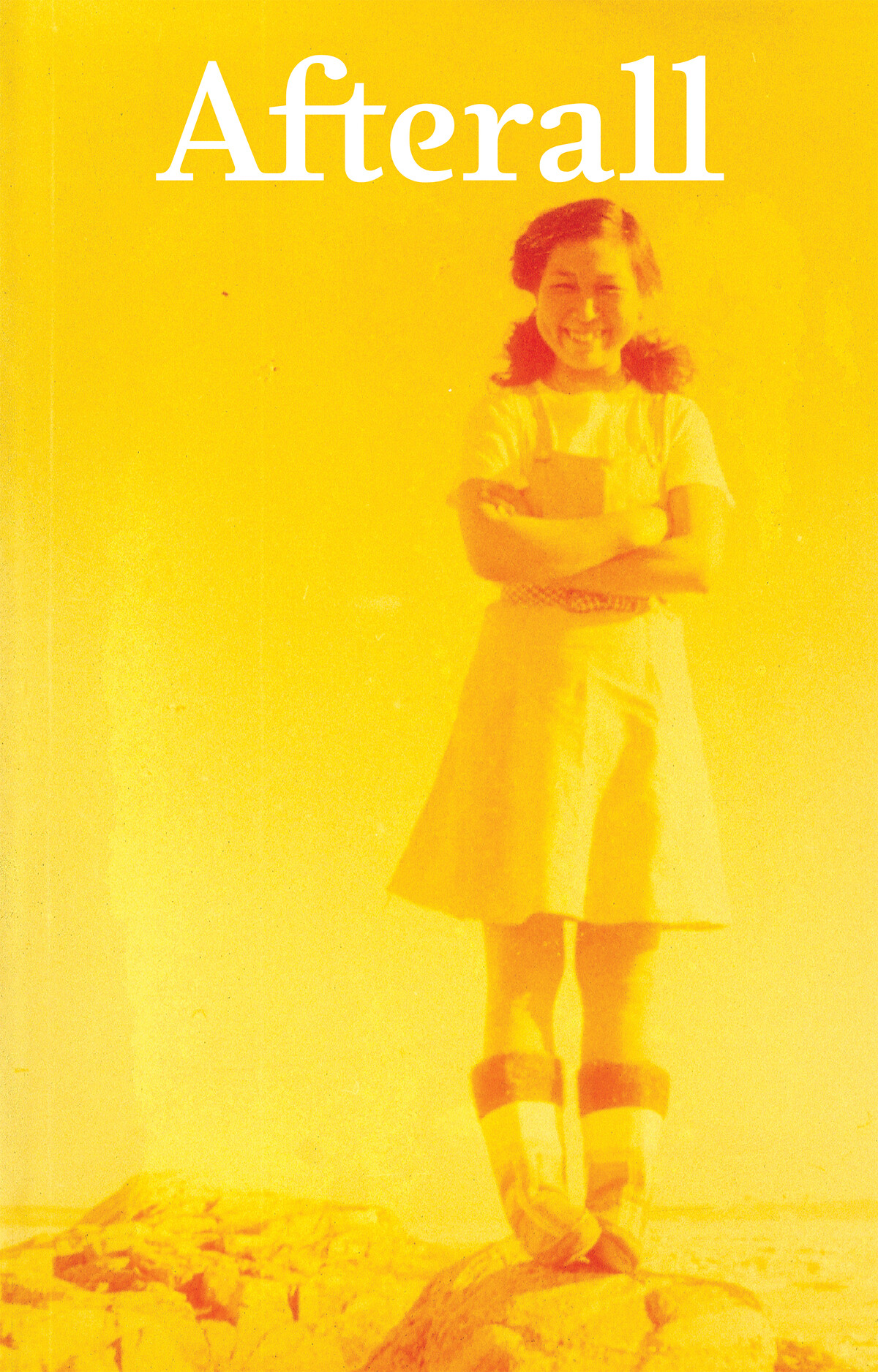“Ethno-Aesthetics and Institutions”: Pia Arke, Maria Thereza Alves, Rustam Khalfin, Hans Ragnar Mathisen & more
Afterall is pleased to present issue 44, autumn/winter 2017. Beginning with Greenlandic artist Pia Arke’s theory of “ethno-aesthetics,” and featuring the work of Arke, Maria Thereza Alves, Rustam Khalfin and Hans Ragnar Mathisen, Afterall 44 considers ways for artists to create, reinvent and speak back to their own contexts against a background of institutional experiments and antagonisms.
For Arke “ethno-aesthetics” became the means to reconfigure the “binary logic of First and Third world relations”; Carsten Juhl explores the philosophical significance of Arke’s research processes and contemporary conditions of display, while Stefan Jonsson describes how the artist reclaims the unacknowledged margin as the centre of the world. As Aymara activist and sociologist Silvia Rivera Cusicanqui asks in her visual performative essay: “From where do we speak when we rant against ‘Western culture’?”
Delving into the presumed unknowability of the northern landscape, two texts by Jan-Erik Lundström and Maria Therese Stephansen explore the cartographies of Hans Ragnar Mathisen, whose maps have, since the 1970s, documented the decolonial process in Sápmi. Lundström sees these maps not only as proposals of historical recovery, but also as inroads towards different futures, whereas Stephansen analyses the decolonising effects of Mathisen’s artistic production. Alongside this Carola Grahn critically assesses the recent interest in Sami art, calling for ways to emerge from the trappings of the exotic and manufactured margins.
The cartographies of Maria Thereza Alves are not necessarily found on paper, but in documents such as seeds. Mara Polgovsky Ezcurra details Alves’s project Wake in Guangzhou, a critical intervention into received history and a reflection on the constitutive elements of urban life; and Paloma Checa-Gismero documents Alves’s earlier works tracing the evolution of the artist’s political-artistic strategies against the changing conditions of the art industry. Meanwhile, an artist insert by Qiu Zhijie brings practices of mapping and world-making back to the body.
Using his body as telescope, Rustam Khalfin’s art and writing merges the “corporeal landscape” with ideologies and rituals of the nomadic. As Yuliya Sorokina articulates, Khalfin’s practice was centred on radical estrangement, love and longing, as he formed his own strand of contemporary practice in Kazakhstan based on the idea of a Eurasian utopia emerging out of the collapse of the Soviet Union. In a parallel process, in post-Soviet Mongolia, Tsendpurev Tsegmid details how contemporary art begins to shape itself through the collective work of the Green Horse Society.
Turning from the subjects of the museum to the museum as subject, in her first line on the Museum of Solidarity in Chile María Berríos asks: “Can a museum be a weapon?” Marcelo Expósito and Manuel Borja-Villel ask whether there is a way to govern institutions through ‘a critique of the institutions themselves’—a question stemming from the need to reinvent the public function of the museum. Victor Burgin, in returning to his participation in an exhibition at Gallery House in London in the 1970s, traces a shift in perceptions of mainstream art institutions. Burgin’s text suggests an answer in the form of a question: “What form of society does the institution of art as we know it today presuppose?”
This autumn Afterall Books launches the eighth publication in its Exhibition Histories series: Anti-Shows: APTART 1982–84 edited by Margarita Tupitsyn, Victor Tupitsyn and David Morris; and two new titles in its One Works series: Sigmar Polke: Girlfriends by Stefan Gronert and David Hammons: Bliz-aard Ball Sale by Elena Filipovic.
Afterall journal is published by Central Saint Martins, London, in editorial partnership with M HKA, Antwerp; the NTU Centre for Contemporary Art Singapore; the John H. Daniels Faculty of Architecture, Landscape and Design, University of Toronto, and in association with the University of Chicago Press.
Afterall is now available as an e-book edition, free to download for subscribers. Subscribe here.



